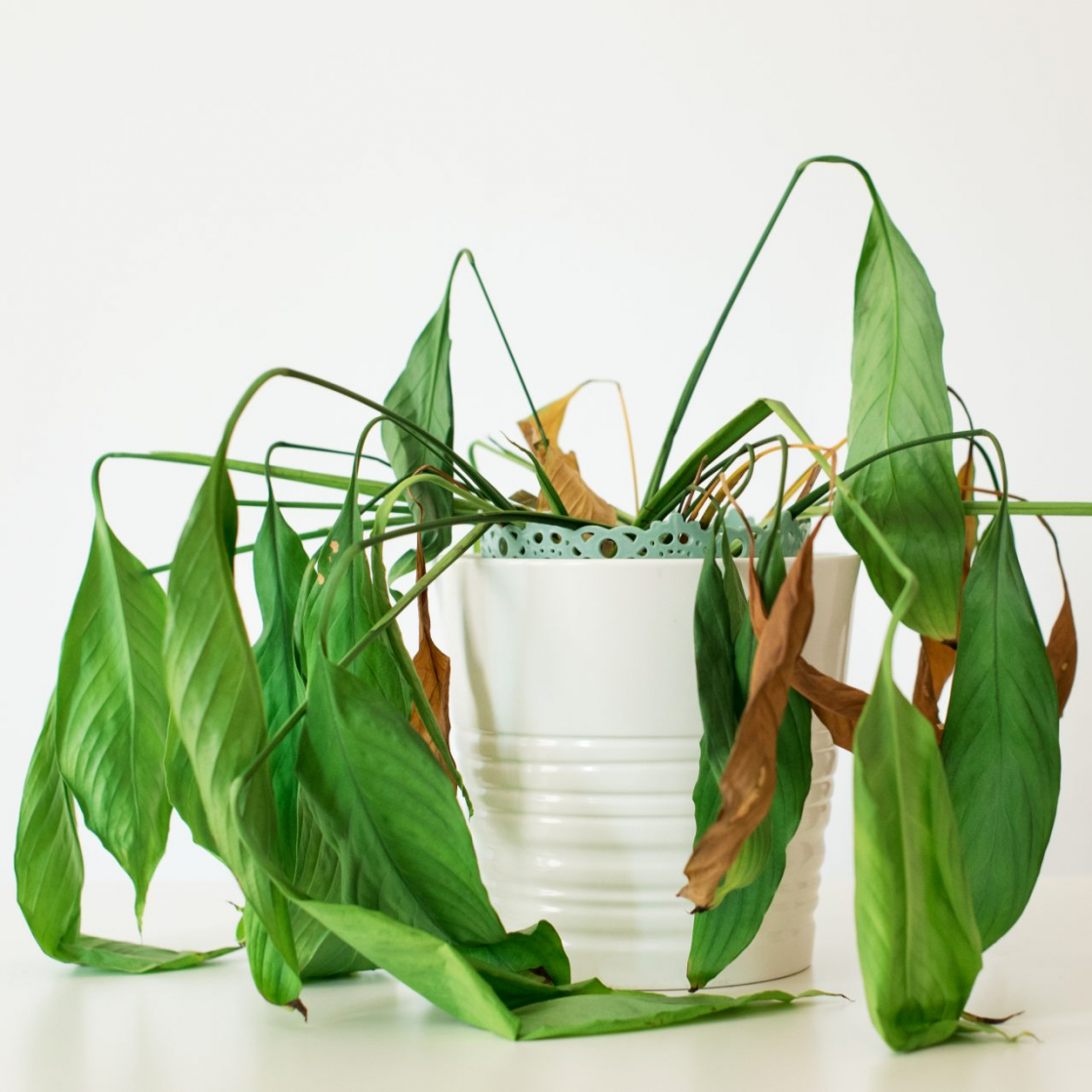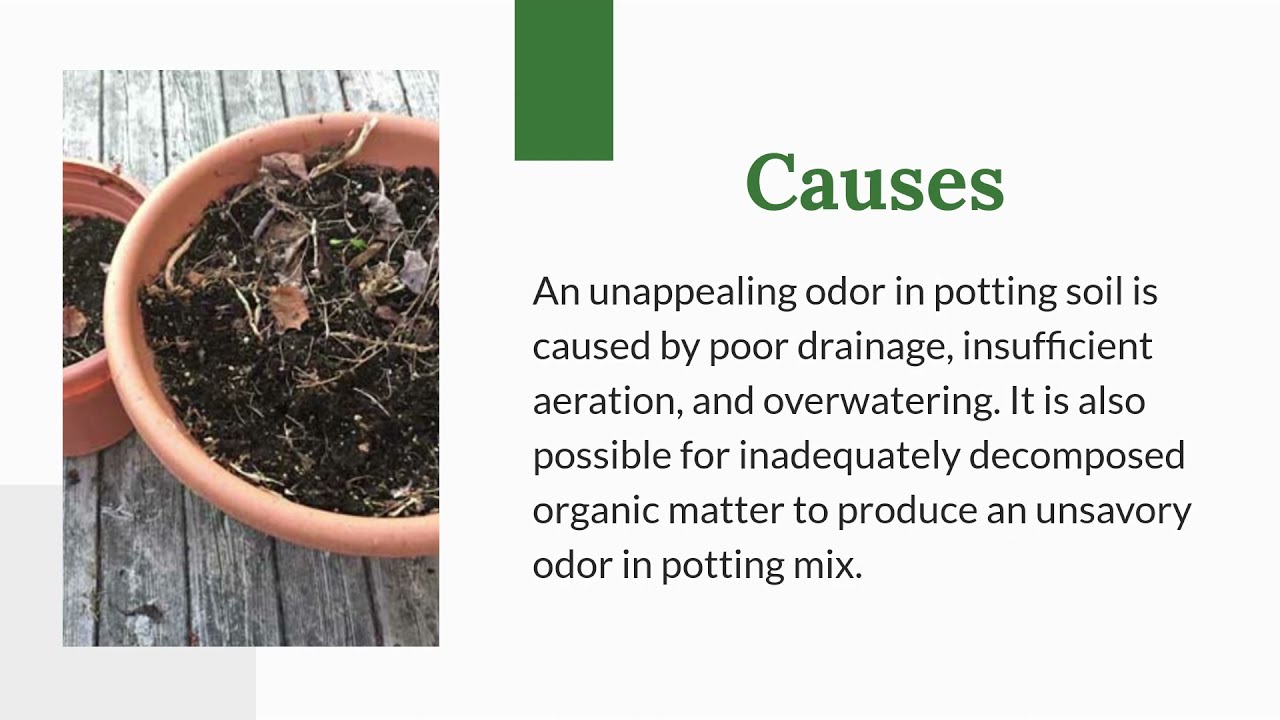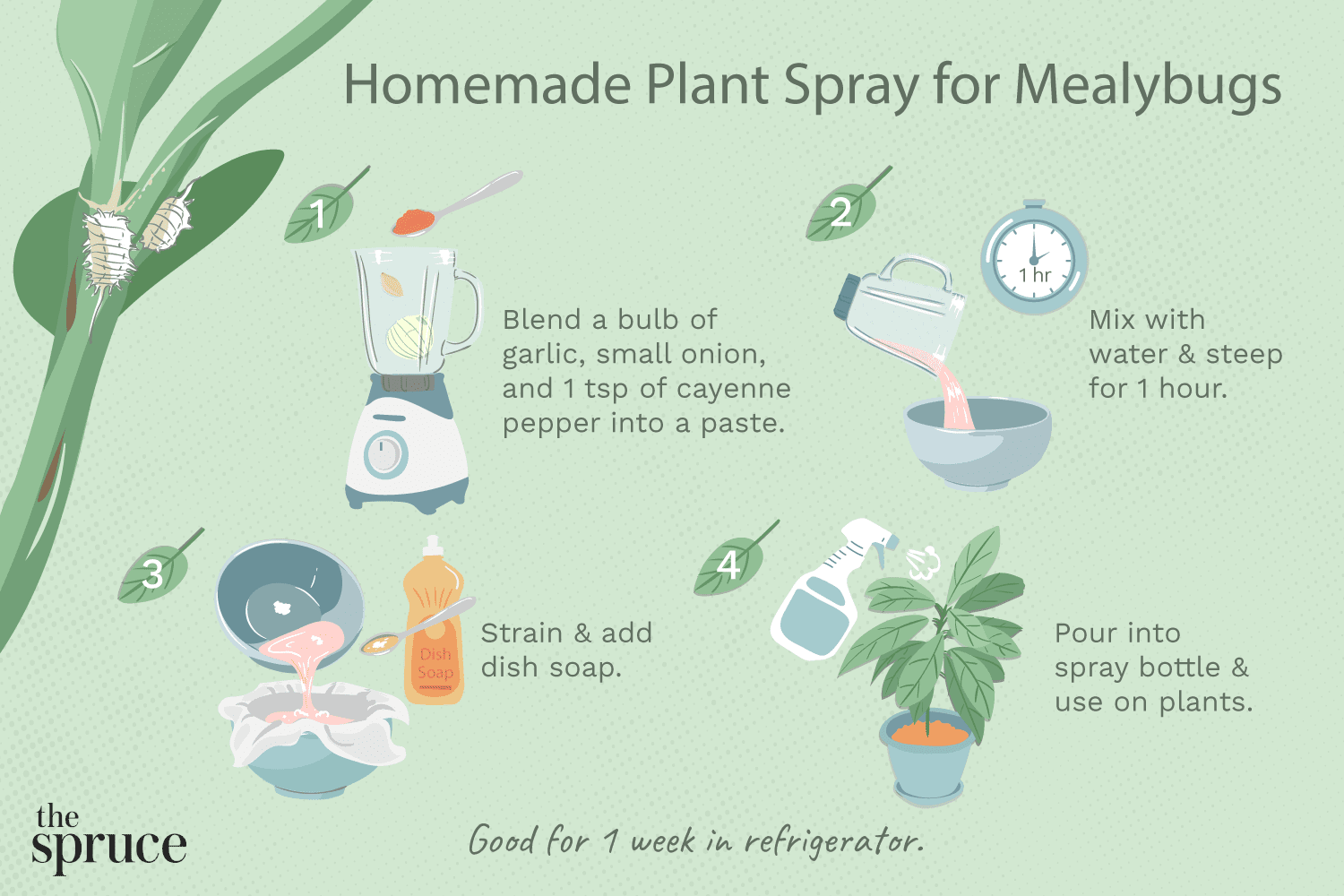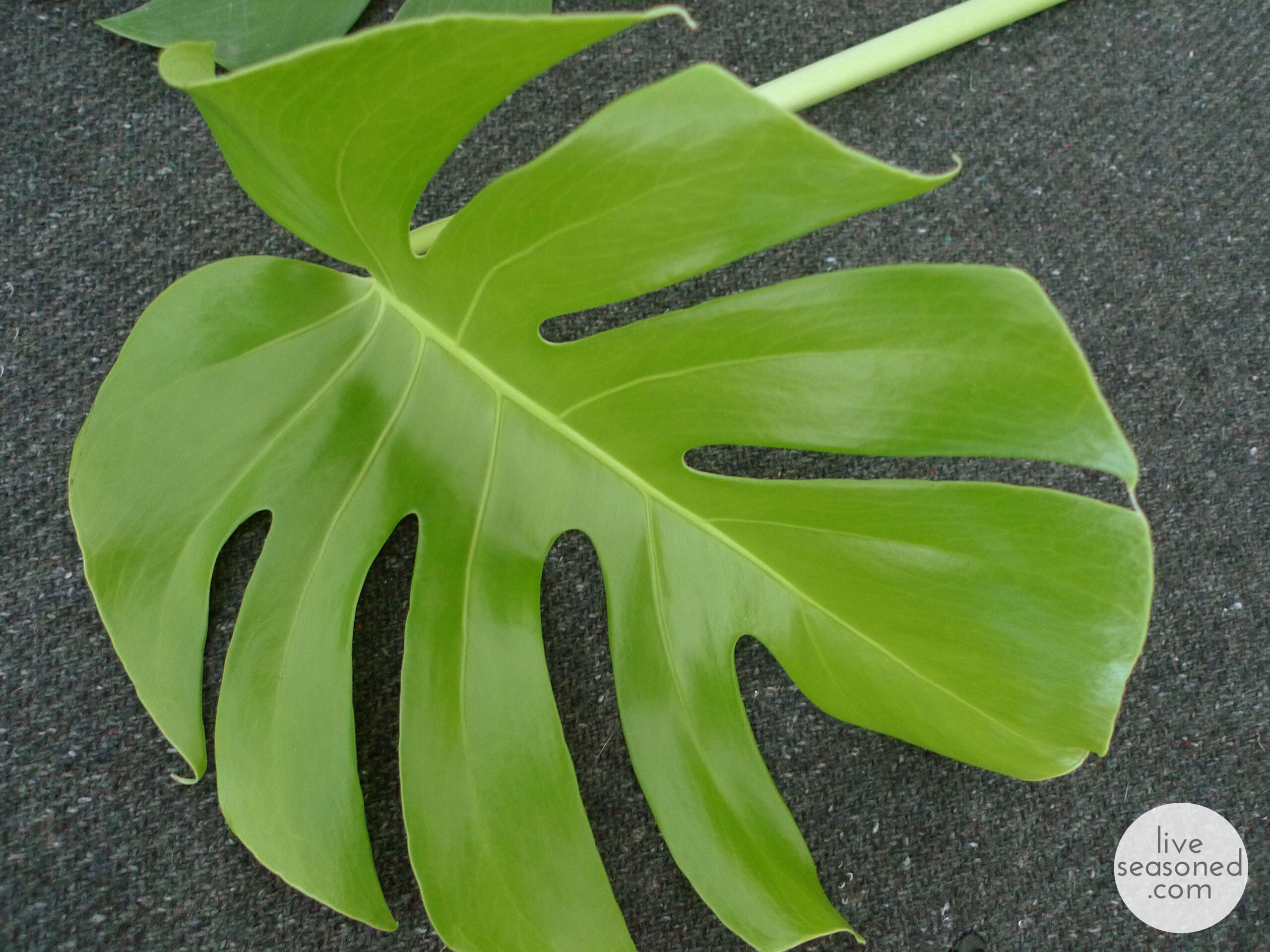Why are my plant’s leaves drooping?
It can be disheartening to see your plant’s leaves drooping, especially if you’ve been diligently caring for it. However, drooping leaves are a common issue among plant owners and can signal a variety of underlying problems. In this article, we’ll explore some of the most common reasons why your plant’s leaves might be drooping and what you can do to help them perk back up.
1. Overwatering or underwatering
One of the most common causes of drooping leaves is overwatering or underwatering. Plants need the right amount of water to thrive, and when they receive too much or too little, their leaves can start to droop. To determine if your plant is overwatered, check the soil for signs of moisture and consider adjusting your watering schedule. If your plant is underwatered, try increasing the frequency of watering or adjusting the amount of water you give it.
2. Lack of sunlight
Plants need sunlight to photosynthesize and grow, so if your plant isn’t getting enough light, its leaves may start to droop. Consider moving your plant to a sunnier spot or investing in a grow light to provide it with the light it needs to thrive. Just be sure to acclimate your plant to its new lighting conditions gradually to prevent shock.
3. Nutrient deficiencies
Plants need a variety of nutrients, such as nitrogen, phosphorus, and potassium, to stay healthy. If your plant is lacking in these essential nutrients, its leaves may droop or turn yellow. Consider fertilizing your plant with a balanced fertilizer to help replenish its nutrient levels and promote healthy growth.
4. Pests or diseases
Pests and diseases can also cause your plant’s leaves to droop. Common pests that can affect plants include spider mites, aphids, and mealybugs, while diseases such as root rot and powdery mildew can also cause drooping leaves. Inspect your plant regularly for signs of pests or diseases, and take action to treat them promptly to prevent further damage.
5. Temperature stress
Plants are sensitive to temperature fluctuations, and exposure to extreme heat or cold can cause their leaves to droop. To protect your plant from temperature stress, avoid placing it near drafty windows or heating vents and be mindful of sudden changes in temperature. Consider moving your plant to a more stable environment if necessary.
Conclusion
When your plant’s leaves start drooping, it can be a sign that something isn’t quite right. By considering factors such as water, light, nutrients, pests, diseases, and temperature, you can pinpoint the underlying issue and take steps to help your plant recover. With the right care and attention, your plant’s leaves will soon be perked back up and thriving once again.



